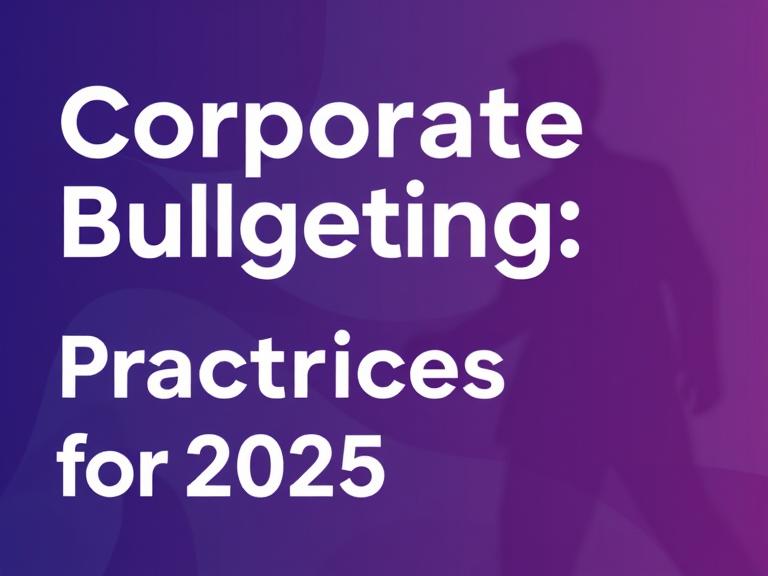Corporate budgeting has evolved beyond spreadsheets and guesswork. In 2025, businesses must approach budgeting with precision, flexibility, and data-driven decision-making to remain competitive and financially sound.
A key best practice is the use of rolling forecasts rather than static annual budgets. With markets constantly shifting, rolling forecasts allow companies to adjust projections quarterly or monthly, improving responsiveness and accuracy.
Modern budgeting also requires cross-department collaboration. Finance teams should work closely with operations, sales, and HR to build realistic, inclusive budgets. This enhances accountability and creates a shared sense of ownership over financial goals.
Technology is another essential component. Cloud-based budgeting software like Adaptive Insights or Oracle NetSuite allows for real-time data access, scenario modeling, and collaborative planning. These tools reduce errors and save time.
Scenario planning is crucial. Prepare for best-case, expected, and worst-case outcomes. This enables quicker decisions when facing unexpected challenges or opportunities, such as a market downturn or rapid growth surge.
Don’t forget to include non-financial KPIs in your budgeting process. Metrics like customer acquisition cost, employee turnover, and inventory turnover provide insights that support financial goals.
Lastly, communicate the budget clearly to all stakeholders. A transparent budgeting process encourages trust, alignment, and better execution at every level of the business.
In 2025, effective budgeting is dynamic, tech-driven, and deeply integrated with company strategy — not just a financial exercise, but a roadmap for success.
